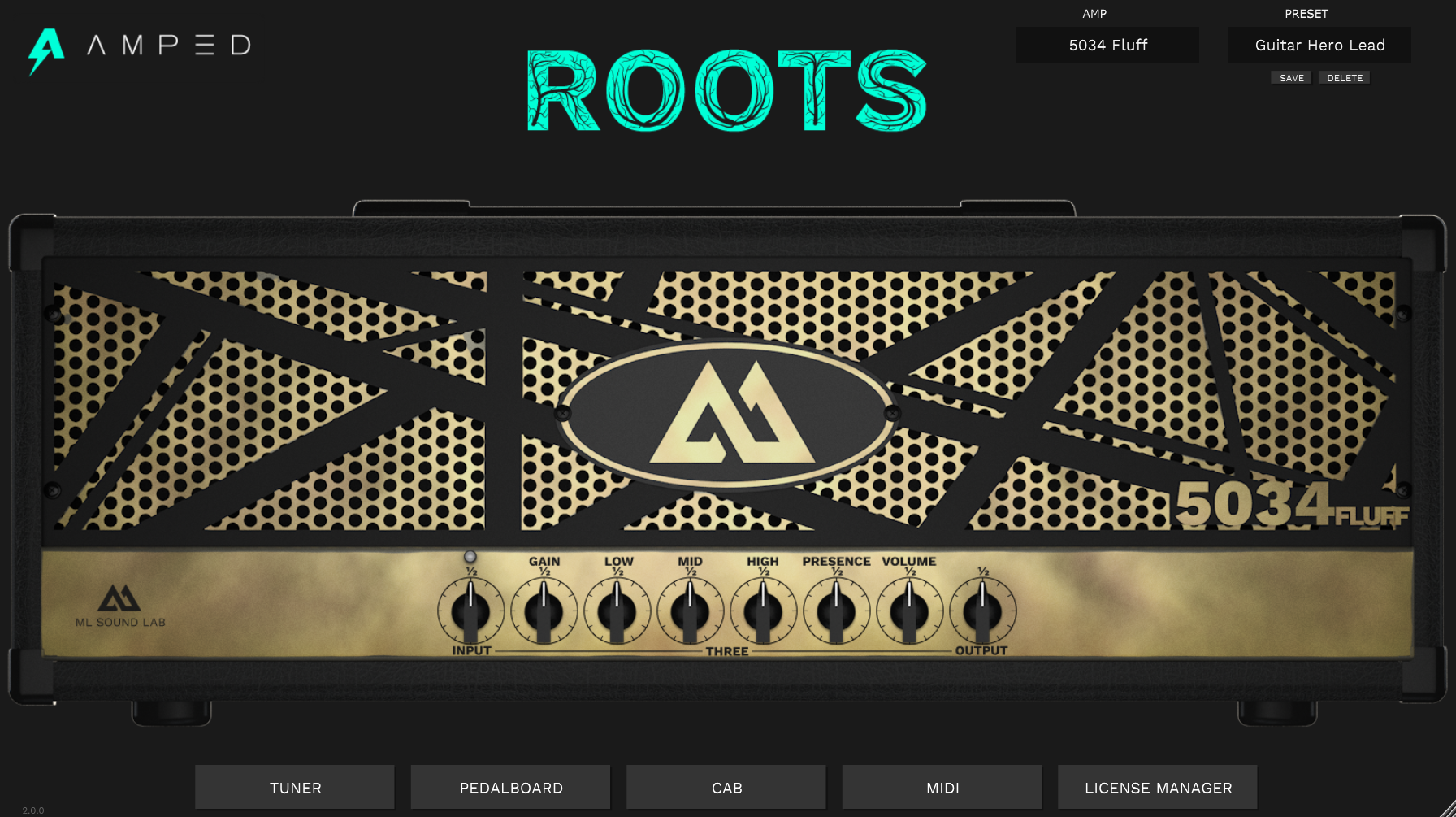Two Feathers - "Stygia" Guitar Lesson With Tabs
May 25, 2024Looking for a fun, open-string lead riff to dazzle your friends with? I hope you guys enjoyed last week's alternate picking video because you're gonna need it for the song I'm gonna show you in this lesson. The song is “Stygia” by Two Feathers ft. Alissa White-Gluz from Arch Enemy. It was brought to my attention by a viewer, so I checked it out and thought it would be a great song to teach. It uses alternate picking, harmonies, and the E minor scale, plus it just sounds super cool. While this song is featured in the popular video game Metal: Hellsinger, it's not just for gamers to enjoy. Grab your axe and get ready to learn how to play this gnarly tune.
Tones
"Stygia" has unique, softly distorted guitar tones with added delay. The simplest and quickest way I have been able to achieve this has been to use my computer as an amplifier. I plug my guitar into my interface, which then plugs into my computer. The sound pours out of my studio monitors.
Next, I use an inexpensive digital audio workstation (DAW) called Reaper, which can be trialed for free. This tentatively serves as a bland amplifier with no effects.
The final link in the chain is one of my favorite amplifier simulators: Amped Roots by ML Sound Lab. I use the free version of this plugin and tend to find it to be pretty mix-ready. From there, I select the Guitar Hero Lead preset and keep the cab and all other features at their default settings. The same setup is used in both guitar parts that I'll be teaching you.

Rhythm
Since the lead riff in this song uses 16th notes, we'll be using alternate picking to maintain a steady, consistent rhythm. A measure of 16th notes can be viewed as 1 e + a 2 e + a 3 e + a 4 e + a.
With the "Stygia" lead riff, there is a break in the 16th note grove that adds a nice element of suspension. This can be viewed as 1 e + a 2 e a 3 e + a 4 e. There is a brief pause between the "e" of 2 (played with an upstroke) and the "a" of 2 (also played by an upstroke). It can also be pictured as down-up, down-up, down-up, up, down-up, down-up, down-up.
To establish the rhythm, it may help to practice alternate picking the rhythm on the open high E string. I've also found it helpful to establish rhythms by tapping my palms on my legs where my right hand represents downstrokes, and my left hand represents upstrokes.
Guitar 1
Incorporate the rhythm into the melody by referencing the guitar tab below. The horizontal lines on the tab represent the guitar strings and the numbers represent the frets where each note should be played.
My Music Theory Analysis Rampage:
If you're into theory like I am, I want to share with you what I've discovered about this song. It's interesting how an F# note in the lead riff is played over a bass and rhythm guitar progression that uses an F note. Since this occurs in a fleeting instant, the F# note by itself can appear to serve as an accidental in the key of A Minor if we are interpreting a chord progression that is based on the E Phrygian mode. This happens so quickly it hardly makes any difference. The F# note by itself could also be seen as an accidental in the key of D Minor if we are interpreting a chord progression that uses the E Locrian mode. The catch with the D Minor hypothesis is that the lead riff would include an additional accidental (the B note). However, the lead riff seems more like an E minor scale by itself. For the lead parts alone, I stick with the key of E Minor for my analysis. The E-F progression that the lead part is played over can simply be written that way to emphasize supreme heaviness. I appreciate the arrangement Two Feathers created with this. Going from a low E to an F note is commonly used in heavy styles of music because it sounds SO HEAVY.

Guitar 2
Now we get to dive into the harmony with the second lead guitar part. This is a bonus for you if you have some way to record the first guitar part. If you have a friend who also plays guitar, feel free to share this lesson with them and you can each play both guitar parts at the same time. If you've never experienced that before, you've got to try it. It's next-level sensational.
Since the first guitar part appears to use the E minor scale, guitar 2 harmonizes by using the major scale at the same time. Both lead parts seem to form a parallel harmony using mostly thirds. See the tab below to learn how the second guitar part is played.

Conclusion
Start slowly with this if you have to. It's okay if you're not up to speed in the beginning. Stick in and I know you can pull it off. We've covered both guitar parts by discussing the rhythm, tabs, notes, and music theory used to bring this riff to life. Plus, I showed you the setup I used in case you want to replicate the same tones. Feel free to share this lesson with a gamer guitar friend so you can both pull off a face-melting dual guitar harmony. Enjoy!
Watch the full lesson here: Two Feathers - "Stygia" Guitar Lesson With Tabs
Optimize your practice routine in 5 minutes with my simple, powerful, scientifically driven tool for guitarists.


